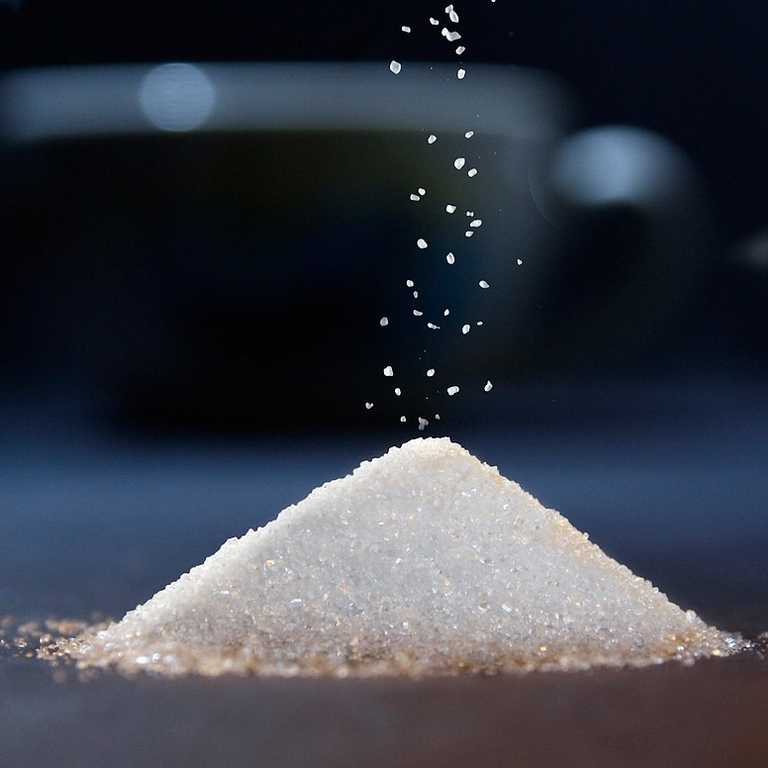Table of Content
How Well Do You Know Sugar? All About The Ambiguous “Sugar – Free” In Food Labels.

What is common about glucose, fructose, pentose, hexose, sucrose? They all have the suffix “ose”. Yes, right and diabetologists are obsessed with the dire effects of these sweet substances on the human body. ‘Ose’ is a Latin suffix which means “full of” and all the above chemicals are full of sugar.
Studies show that average people are unable to understand the level of content of sugar in any food substance or even distinguish between them.
Some time back a study titled “Perception of Sugar Content in Food Labels among Supermarket consumers in Chennai City” was conducted by the Department of Conservative Dentistry and Endodontics, Sri Venkateswara Dental College and Hospital revealed some astounding insights.
First and foremost a vast majority of the respondents (77%) admitted to never checking for sugar content in the ingredients label of the packaged food items while buying them routinely. This is a curious finding because on the awareness factor, the respondents seemed to be familiar with the “killer effects” of sugar. Ignorance is evident as respondents have rated brand, price and bundle offers to be the inputs for making a purchase decision instead of basing it on harmful contents mentioned on the package labels.
Dearth of awareness is also indicated as only 33% of the respondents claimed to differentiate between terminology like artificial sweeteners and non-caloric sweeteners.
This research has been published in the Journal of Pierre Fauchard Academy (PFA) (India sector) in March 2019. PFA is a distinguished and superior international dental honorary organization and readers are dentistry professionals and related to that community.
A lead author of the study, Dr. Poorni Saravanan opine that terms like “no-added sugar/ flavors/ preservatives” are meaningless since other ingredients have higher sugar content like corn starch which average people are unaware of. People need to gain awareness about sugar which is vastly lacking.
“The objective of the study was dental care but the findings were flabbergasting for the researchers as it highlighted acute ignorance amongst the consumers about ingredients and their possible effects”, said Dr. Saravanan. She further mused that one reason could be the labels are all in English as per Food Safety and Standards Authority of India and thus, many are probably unable to read or find it tedious. Maybe new guidelines for multi-language labels can increase involvement and awareness.
How does one recognize the sugars? Shiny Chandran, a dietician has the best advice for laymen – “look for the suffix “ose” in the ingredients mentioned on the packaging labels”. But how much is too much? Chandran recommends that, “sugar content should not be more than 3% in all the ingredients taken together”. Every innocuous food item that we see around us has certain amount of sugar irrespective of what the advertisements say – ketchup, breakfast cereals like oats, comfort food like cookies and the omnipresent Indian-Chinese food.
Sugar provides the stimulus to the taste buds to make even the blandest food palatable. Thus, all the low fat “healthy” foods are laced with sugar to tickle our taste buds and trick our mind to have them.
WHO has issued specific guidelines of recommended daily allowance of free sugars for both children and adults to be maintained below 10% of the total energy intake (TEI). They suggest that to remain healthier it will be beneficial to bring it down to 5% of TEI which translates to approximately 6 teaspoons a day.
“Patients suffering from fatty liver, obesity and lifestyle diseases like diabetes need to raise their awareness of artificial sweeteners like caloric (Maltodextrin) or the non-caloric stevia”, voiced Dr. V. Vishwanathan of the MV Hospital for Diabetes. He further implores people to avoid the misconception that the sweeteners are beneficial for our health including “diabetic sweets” which are made with fat and lactulose – a caloric sweetener to make it edible and tasty.
Enquire Now
To enquire about our services please complete the form below and we will be in tough with you as soon as possible
Food Regulatory Services
- Consumer Product
- Compliance Services
- Licenses